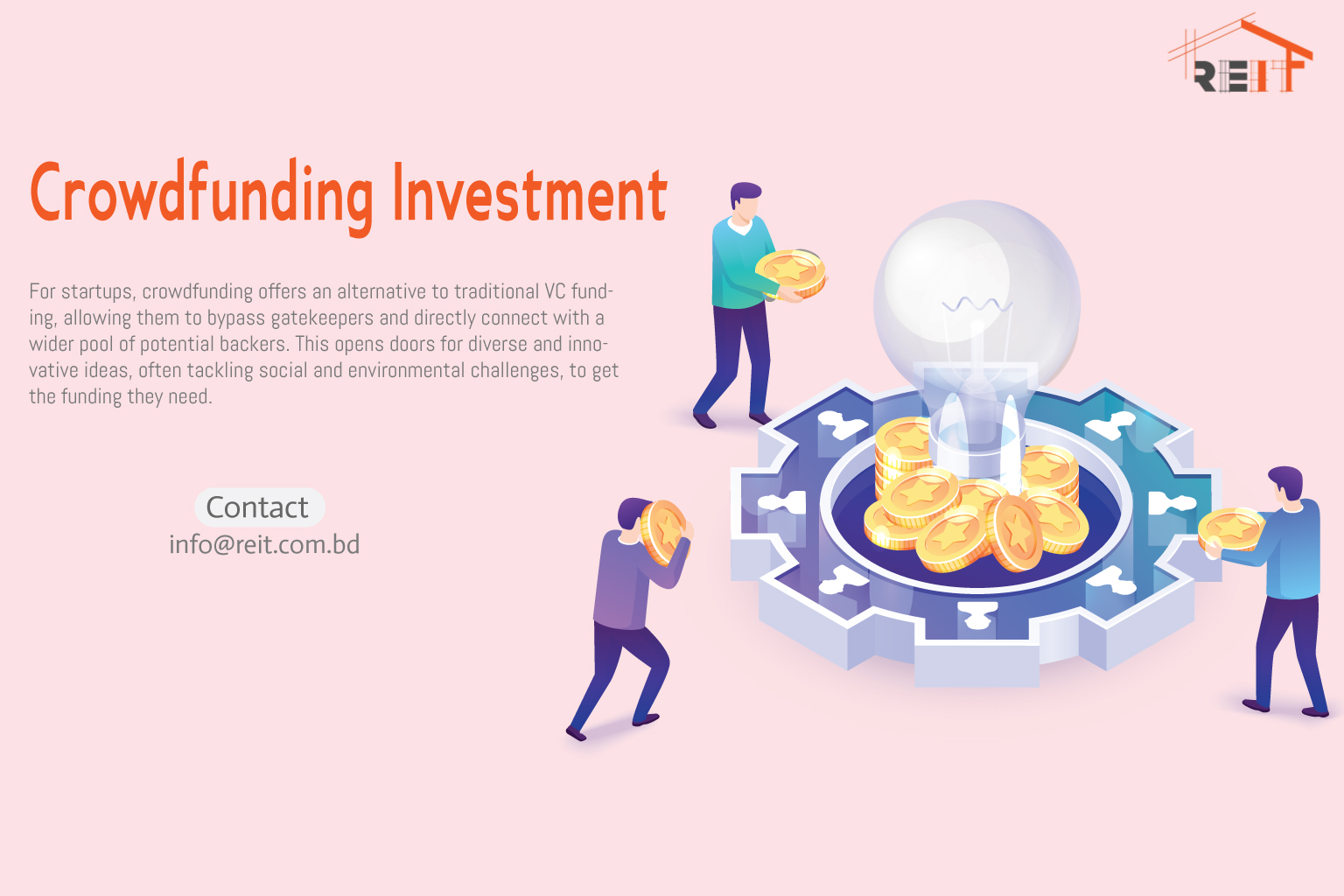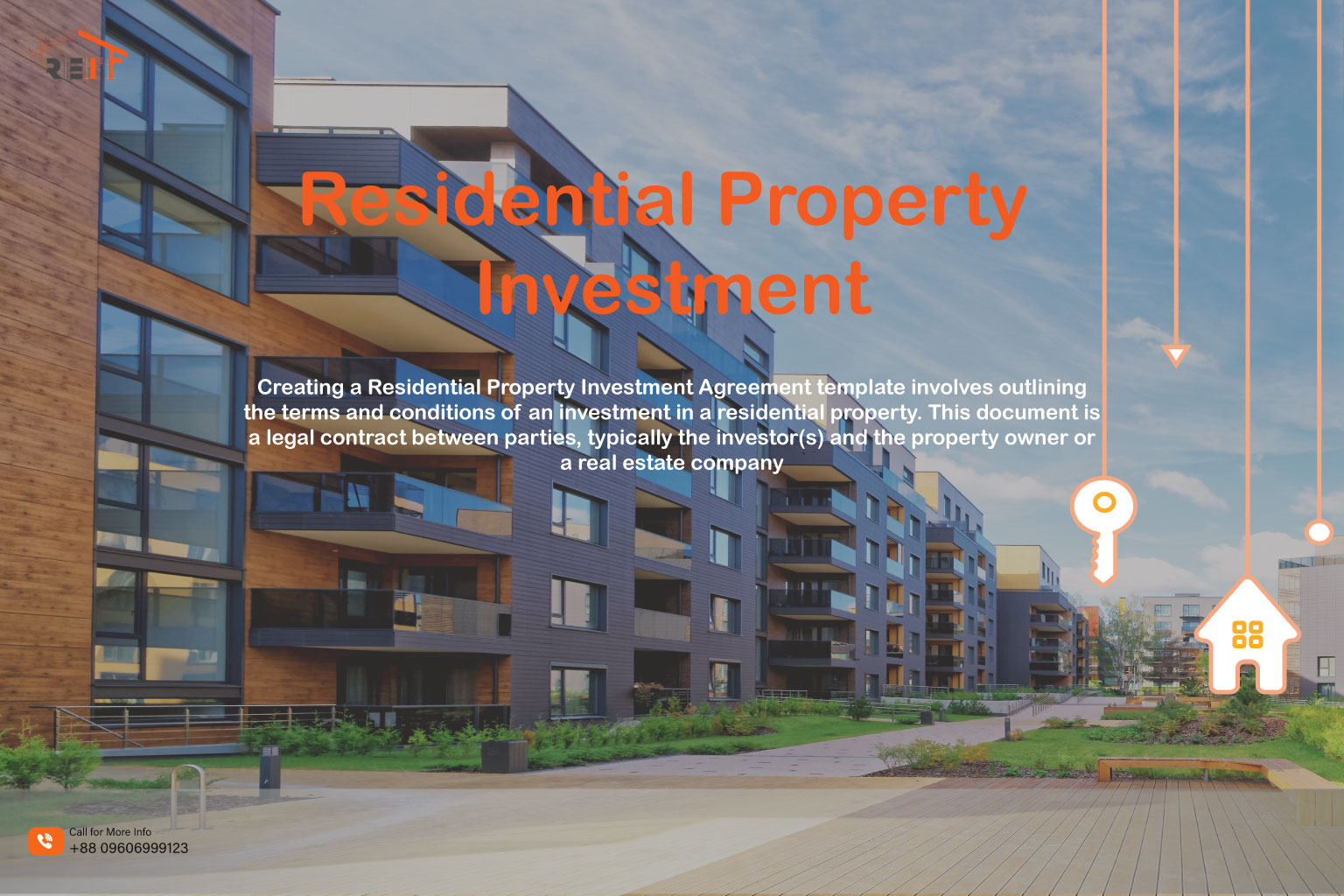Land development has gained traction as a promising avenue for real estate investment, with several compelling factors driving this trend. As urbanization continues to expand and populations grow, the demand for housing, commercial spaces, and infrastructure is rising.
Raw land development offers investors a chance to profit by acquiring undeveloped land and turning it into valuable assets. Technological advances and sustainable building practices make this process more efficient and eco-friendly, appealing to socially conscious investors.
While land development carries inherent risks, such as regulatory hurdles and market fluctuations, its potential for substantial returns and adaptability to changing market dynamics position it as a viable and forward-looking option for real estate investment in the future.
However, investors should conduct thorough due diligence and consider their risk tolerance before venturing into this field.
How Does Infrastructure Impact the Value of Raw Land Development?
Infrastructure has a profound impact on the value of raw land development. The presence of essential infrastructure components such as roads, water supply, sewage systems, and utilities significantly influences a piece of undeveloped land’s potential for growth and its overall market value.
A well-developed infrastructure network not only makes the land more accessible but also reduces the cost and challenges associated with developing it, attracting potential buyers and investors. Conversely, inadequate infrastructure can limit the land’s usability and, consequently, its value.
Therefore, well-planned and maintained infrastructure is a critical factor that can either unlock the full potential of land for development or constrain its possibilities, making it a crucial consideration for investors and developers in the real estate market.
7 Reasons Why You Should Invest In Raw Land Development
Investing in raw land development can be an attractive option for various reasons:
- Potential for High Returns: Raw land often has a lower initial cost compared to developed properties, and with strategic development, it can yield substantial returns when the land appreciates.
- Portfolio Diversification: Investing in raw land diversifies your investment portfolio, reducing overall risk by not being tied to a single asset class.
- Development Control: As the landowner, you have control over developing the property, allowing you to tailor it to meet market demands and maximize profitability.
- Long-Term Appreciation: Land tends to appreciate over time, especially in high-growth areas, offering the potential for long-term wealth accumulation.
- Tax Benefits: Land investments may provide tax advantages, such as deductions on property taxes or the ability to defer capital gains through 1031 exchanges.
- Lower Maintenance Costs: Compared to owning developed properties, raw land generally involves lower ongoing maintenance costs, saving you money over time.
- Timing Opportunities: Investing in raw land allows you to buy at the right time and capitalize on market fluctuations or changing economic conditions, providing potential for strategic purchases and sales.
Why is Community Engagement Important in Raw Land Development?
Community engagement is crucial in raw land development for several reasons. Involving the local community early in the planning process fosters goodwill and can help mitigate opposition or resistance to development projects.
This can streamline the approval process, reduce regulatory hurdles, and ultimately save time and resources. Community input can provide valuable insights into the specific needs and preferences of the area, helping developers create projects that are more in tune with the community’s desires and expectations.
Additionally, community support can enhance the marketability of the project, attract potential buyers or tenants, and contribute to the long-term success and reputation of the development.
Ultimately, engaging with the local community is not only a responsible and ethical approach but also a strategic one, as it can lead to more successful and harmonious raw land development ventures.
6 Mistakes to Avoid in Raw Land Development
Avoiding these common mistakes in raw land development can help ensure a smoother and more successful project:
- Inadequate Due Diligence: Failing to conduct thorough research on the land, including zoning regulations, environmental factors, access to utilities, and market conditions, can lead to costly surprises and delays.
- Ignoring Infrastructure: Overlooking the need for essential infrastructure such as roads, utilities, and sewage systems can impede development and limit the land’s value.
- Overestimating Demand: Assuming there is a strong demand for your development without proper market analysis can result in overinvestment and financial losses.
- Not Engaging the Community: Failing to involve and communicate with the local community can lead to opposition, delays, and difficulties in obtaining necessary permits and approvals.
- Overextending Finances: Overleveraging or underestimating development costs can strain your finances and put the project at risk.
- Neglecting Environmental Considerations: Disregarding environmental impact assessments and conservation regulations can lead to legal issues, fines, and reputational damage.
Is Raw Land Development a Good Investment in Today’s Market?
Whether raw land development is a good investment in today’s market depends on various factors, including location, market conditions, and investment goals.
In some areas experiencing rapid population growth or urban expansion, raw land development can offer promising opportunities for high returns, as there is a growing demand for housing and commercial properties.
However, in more saturated or declining markets, the risks and challenges may outweigh the potential rewards. Additionally, regulatory hurdles, infrastructure costs, and the need for extensive due diligence can make raw land development a complex and capital-intensive venture.
It’s essential to conduct thorough research, assess market conditions, and carefully consider your risk tolerance and long-term objectives before investing in raw land development to determine if it aligns with your investment strategy in today’s market.
Sustainable Practices for Raw Land Development
Incorporating sustainable practices into raw land development can have positive environmental, economic, and social impacts. Here are key points to consider:
- Green Infrastructure: Incorporate green infrastructure elements such as permeable pavements, green roofs, and bioswales to manage stormwater runoff and reduce the impact on local water systems.
- Energy Efficiency: Design buildings with energy-efficient features like proper insulation, LED lighting, and energy-efficient HVAC systems to reduce energy consumption and lower greenhouse gas emissions.
- Native Landscaping: Use native plants in landscaping to conserve water, support local wildlife, and reduce the need for chemical pesticides and fertilizers.
- Conservation Easements: Consider setting aside portions of the land as conservation easements to protect sensitive habitats, wetlands, or other valuable natural resources.
- Renewable Energy Integration: Explore the possibility of incorporating renewable energy sources such as solar panels or wind turbines to power the development sustainably and reduce reliance on fossil fuels.
Why Is Raw Land Development an Excellent Investment?
Raw land development can be an excellent investment for several reasons. It offers the potential for significant returns as undeveloped land tends to appreciate over time, particularly in high-growth areas.
Investors have greater control over the development process, allowing them to tailor projects to meet market demands and maximize profitability. Additionally, raw land typically involves lower maintenance costs compared to developed properties, reducing ongoing expenses.
Furthermore, it provides diversification within an investment portfolio, spreading risk across different asset classes. Lastly, strategic land development can capitalize on market fluctuations and changing economic conditions, offering opportunities for timed purchases and sales.
However, investors must conduct thorough due diligence and understand the specific risks associated with the location and regulatory factors to make informed investment decisions in this dynamic market.
3 Essential Tips for Raw Land Development
Three essential tips for successful raw land development include:
- Thorough Due Diligence: Conduct comprehensive research on the land, including zoning regulations, environmental assessments, access to utilities, and market conditions, to understand the potential challenges and opportunities.
- Engage with Local Authorities and Communities: Establish positive relationships with local government agencies and involve the community early in the planning process to navigate regulatory requirements, gain support, and mitigate potential opposition.
- Financial Planning and Risk Management: Develop a detailed budget, consider financing options, and have contingency plans in place to manage unexpected costs or delays. Additionally, assess the project’s risk factors and have strategies to mitigate them, ensuring a more successful and profitable raw land development venture.
Conclusion
Raw land development presents both opportunities and challenges for investors and developers. While it offers the potential for substantial returns and creative control over the development process.
It also demands thorough due diligence, careful planning, and the ability to navigate regulatory and environmental complexities. Engaging with local authorities and communities, prioritizing sustainability, and managing risks effectively are crucial for success.
Raw land development can be a rewarding endeavor when approached strategically and responsibly, making it a viable option for those willing to invest time, effort, and resources in creating valuable and sustainable assets.
FAQs
What are the common challenges in raw land development?
Common challenges include regulatory hurdles, environmental concerns, infrastructure costs, and market volatility. Overcoming these challenges requires careful planning and expertise.
How can I finance a raw land development project?
Financing options for raw land development may include personal funds, bank loans, private investors, or partnerships. Each option has its pros and cons, so evaluate them carefully.
What role does community engagement play in raw land development?
Engaging with the local community and authorities is essential for gaining support, addressing concerns, and navigating the permitting and approval processes effectively.
What are the potential risks associated with raw land development?
Risks include financial, legal, regulatory, and market-related challenges. Developing a comprehensive risk management strategy is crucial to mitigate these risks.

















